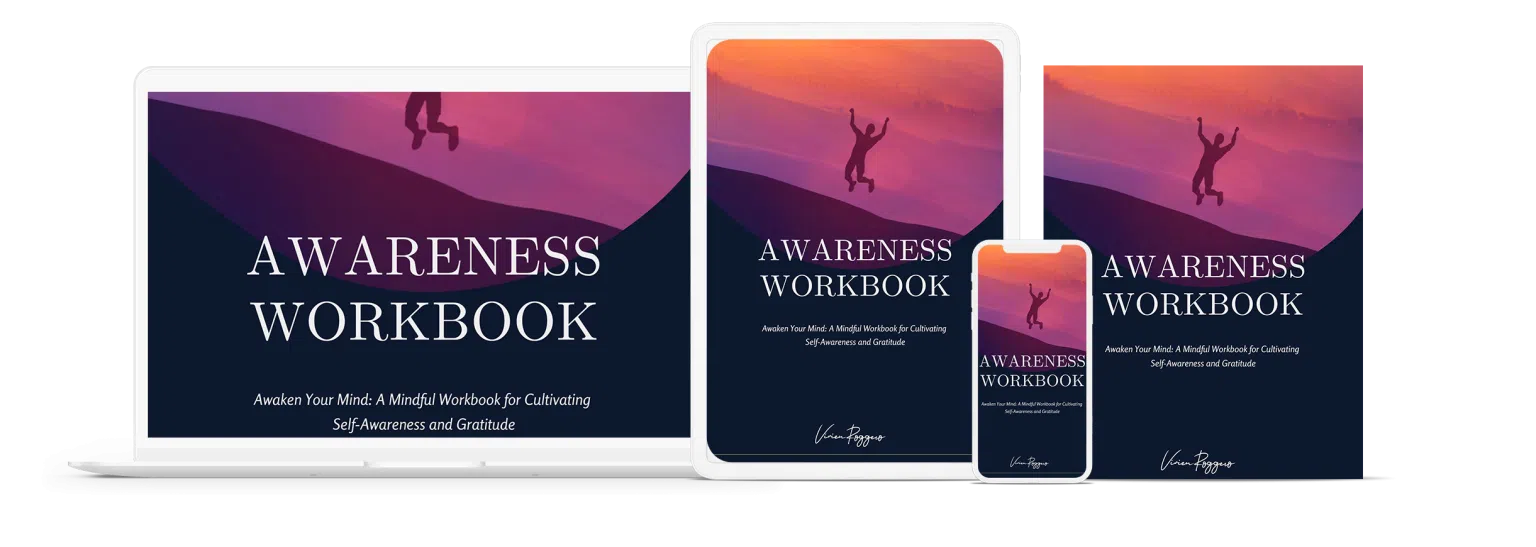Delving into the realm of communication, public speaking stands as a paramount skill, equipping us to articulate our thoughts effectively, inspire change, and lead with confidence. It’s not just beneficial but crucial across various walks of life. This article will explore comprehensive strategies to enhance public speaking skills, instilling confidence, and fostering a positive mindset for growth
.Step 1: Set Clear Objectives
Identifying Your Specific Goals in Public Speaking
Your specific goals in public speaking serve as the cornerstone of your journey. Clear goals guide your preparation, adding purpose and direction to your speeches. They provide a benchmark against which you can measure your progress.
Defining the Purpose and Desired Outcomes of Your Speeches
Each speech you give should have a clear purpose and desired outcome. This could be anything from informing an audience about a new concept to persuading them to take action. Understanding your speech’s purpose helps you craft your content more strategically.
Setting Realistic Milestones for Skill Development
Having clearly defined milestones for your skill development will help you stay focused and motivated on your journey to becoming a better public speaker. These milestones can act as stepping stones, marking your progression and keeping you accountable.
Step 2: Study and Learn from Effective Speakers

Analyzing and Observing Successful Public Speakers
Studying successful public speakers allows you to learn from their experiences. Observing their techniques, delivery, and stage presence can provide you with a practical model to emulate.
Studying Their Techniques, Delivery, and Stage Presence
Pay attention to the details: the way successful speakers articulate their points, handle their nerves, and interact with their audience. These components form an integral part of their delivery.
Extracting Valuable Lessons
By studying effective speakers, you can identify patterns and tactics that work. You can then adapt these lessons to suit your style, thereby improving your public speaking skills.
Step 3: Practice Regularly
Emphasizing the Importance of Consistent Practice
Just as a musician practices their scales, a speaker must practice their delivery. Consistent practice helps you become more comfortable with public speaking, enabling you to communicate more effectively.
Developing a Practice Routine and Schedule
Designing a practice routine helps ensure that you’re continually improving your public speaking skills. Your routine might include rehearsing speeches, participating in public speaking groups, or simply speaking in front of a mirror.
Incorporating Different Speaking Scenarios and Formats to Build Versatility
Just as athletes train in different conditions to build their resilience, speakers should practice under various scenarios. This includes presenting to different audience sizes, using different formats, and speaking on various topics.
Step 4: Understand Your Audience
Conducting Audience Analysis for Tailored Communication
Understanding your audience is crucial to effective communication. By conducting an audience analysis, you can tailor your message to their needs, ensuring that your speech is both relevant and engaging.
Identifying Their Needs, Interests, and Expectations
Knowing what your audience needs and expects from your speech allows you to deliver a presentation that resonates. Research their interests and align your speech’s content to meet their expectations.
Adapting Your Content with Your Audience
When you understand your audience’s background, interests, and expectations, you can adapt your content and delivery style to engage them more effectively. This might mean using relatable examples, simplifying complex concepts, or varying your delivery pace.
Step 5: Focus on Body Language and Nonverbal Communication
Enhancing Your Gestures, Posture, and Facial Expressions
Body language is a vital aspect of effective public speaking. Enhancing your gestures, improving your posture, and using appropriate facial expressions can significantly enhance your message’s impact.
Maintaining Eye Contact and Using Appropriate Hand Movements
Eye contact establishes a personal connection with your audience, while appropriate hand movements can help emphasize key points. Cultivating these skills can enhance your overall stage presence.
Utilizing Body Language to Convey Confidence and Engagement
How you carry yourself on stage can influence your audience’s perception. By utilizing positive body language, you can convey confidence and engagement, helping to maintain your audience’s attention and trust.
Step 6: Structure and Craft Compelling Presentations
Organizing Your Speech with a Clear Introduction, Body, and Conclusion
A well-structured speech enhances understanding and retention. Start with an engaging introduction, follow it up with a well-articulated body, and end with a memorable conclusion.
Creating a Strong Opening and Captivating Storytelling Techniques
The opening sets the tone for your speech. Captivate your audience from the start with a compelling narrative, surprising statistics, or an engaging anecdote.
Incorporating Visuals, Anecdotes, and Examples for Clarity and Impact
Visual aids, anecdotes, and real-life examples make your speech more engaging and easier to understand. They add depth to your presentation, making your message more impactful.
Step 7: Develop Effective Vocal Skills

Practicing Proper Breathing and Vocal Projection
Your voice is one of your most potent tools in public speaking. Cultivate a resonant, clear voice by practicing proper breathing and vocal projection. These two elements combined can significantly improve the quality of your delivery.
Utilizing Variations in Tone, Pace, and Emphasis
Variety is the spice of speech. Add dynamic elements to your delivery by varying your tone, pace, and emphasis. These vocal techniques keep your audience engaged and help reinforce key points in your speech.
Using Vocal Techniques to Evoke Emotion and Maintain Audience Interest
Emotion is a powerful tool in speechmaking. By using vocal techniques like modulation and inflection, you can evoke emotions in your audience, making your speech more impactful and memorable.
Step 8: Seek Feedback and Continuous Improvement
Seeking Constructive Feedback from Trusted Sources
Feedback is the breakfast of champions. Seek out constructive feedback from trusted sources—mentors, colleagues, or professional coaches—to identify areas of improvement.
Reflecting on Your Strengths and Areas for Improvement
Self-reflection is a critical part of growth. Take time to reflect on your strengths and areas of improvement. This self-awareness can guide your progress and help you become a more effective speaker.
Incorporating Feedback to Enhance Your Public Speaking Skills
The most successful speakers continuously refine their skills. Incorporate feedback into your practice routine, making necessary adjustments to improve. Remember, the journey to masterful public speaking is one of continuous growth.
Conclusion
We’ve explored the journey to masterful public speaking, a journey that involves setting clear objectives, learning from effective speakers, regular practice, understanding your audience, focusing on body language, crafting compelling presentations, developing vocal skills, and seeking continuous improvement.
Consistency is key in mastering any skill. I encourage you to implement these steps consistently in your journey towards public speaking mastery. Embrace the growth mindset, and with time, you’ll see remarkable improvements.
The power of public speaking goes beyond the stage—it’s a transformative skill that can improve your personal and professional life. It’s about sharing ideas, influencing change, and inspiring others. Always remember that each small step you take on this journey brings you closer to becoming a more confident and effective speaker.













![2024 Awareness Wordbook by Vivien Roggero [Self-discovery tools]](http://vivienroggero.com/wp-content/uploads/2023/04/Book-Awarness-Full-pack.png)